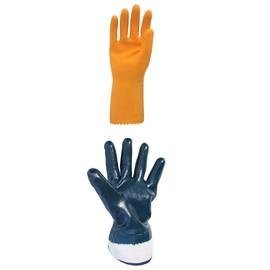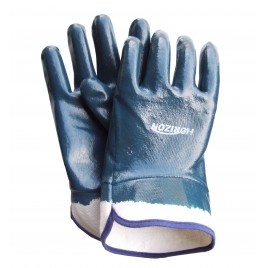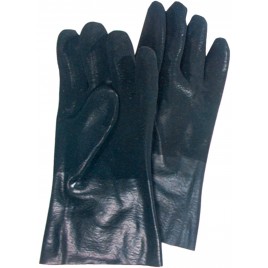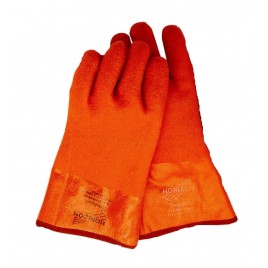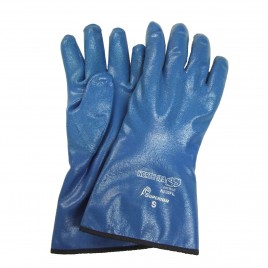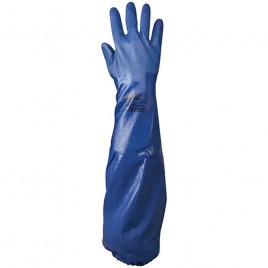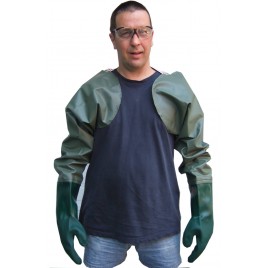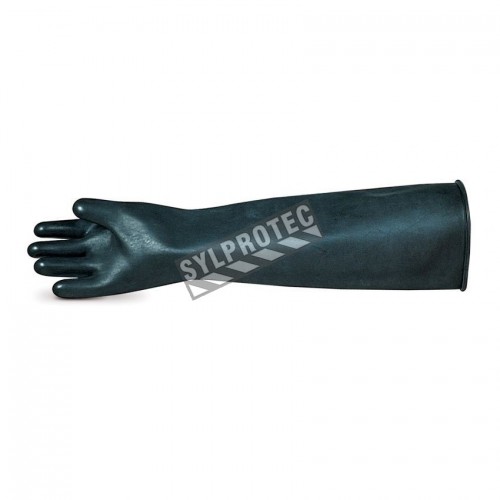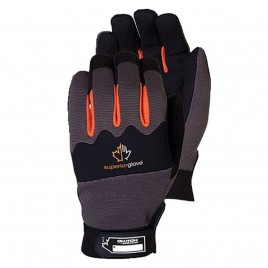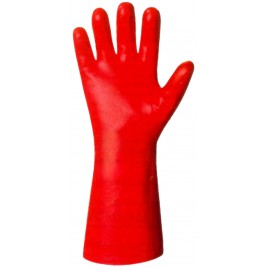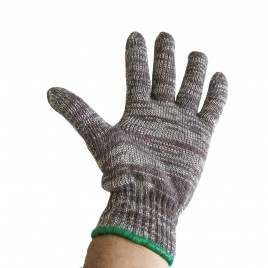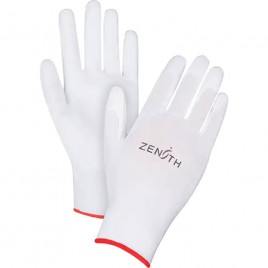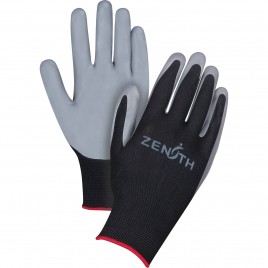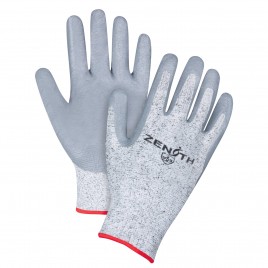Sylprotec offers many models of coated reusable gloves for industrial applications as well as for particulars. To facilitate your choice, we have simplified the steps for selecting the best gloves for you.
1 – The choice of cuffs or sleeves
Models of gloves featuring 10" long cuffs are sometimes offered with different type of wrist: the knit cuf...
Sylprotec offers many models of coated reusable gloves for industrial applications as well as for particulars. To facilitate your choice, we have simplified the steps for selecting the best gloves for you.
1 – The choice of cuffs or sleeves
Models of gloves featuring 10" long cuffs are sometimes offered with different type of wrist: the knit cuff that tightens around the wrist and the gauntlet wrist which features a larger wrist opening. The knit wrist is popular with workers who must keep their gloves for a longer period of time. The gauntlet wrist is appreciated by workers who must put on and remove their gloves often while performing their duties.
2 - The choice of polymer coating
There are many kinds and combinations of polymers on the market because the perfect glove doesn’t exist.
- Natural Rubber: Also known as latex under its natural form, under its synthetic form it is known as polyisoprene.
Advantages: cheap, extremely elastic, flexible, long-lasting, provides a good grip and mildly resistant to cuts and punctures.
Disadvantages: well-known allergen, little resistant to flames, oil and organic solvents.
- Polyvinyl chloride: PVC is a thermoplastic synthetic polymer
Advantages: abrasion resistant, resistant to acids and bases in water solutions, provides a good grip.
Disadvantages: photosensitive, temperature-sensitive, poorly resistant to organic solvents.
- Nitrile: A synthetic elastomer also known as polybutadiene acrylonitrile.
Advantages: extremely elastic, resistant to cuts, punctures and tearing, resistant to oils, fuels and some organic solvents.
Disadvantages: non-resistant to flames, provides a good grip even wet, not-resistant to acetone.
- Neoprene: An elastomer also known as polychloroprene.
Advantages: resistant to cuts and abrasion, highly resistant to flames and heat.
Disadvantages: mildly resistant to chemicals such as oils and petroleum products.
- Polyurethane: A synthetic thermoplastic or thermosetting polymer.
Advantages: resistant to punctures, abrasion and tearing, resistant to oils, organic solvents and oxidation.
Disadvantages: little resistant to heat.
- Polyethylene: A synthetic thermoplastic polymer.
Advantages: cheap, resistant to chemicals, inert (doesn’t age), resistant to cold and abrasion.
Disadvantages: non-resistant to heat, non-resilient.
- Butyl rubber: A synthetic elastomer also known as polyisoprene-co-isobutylene.
Advantages: highly resistant to oxidation, corrosive chemicals, oils and solvents, lightly permeable to gases, resistant to heat, flexible, resistant to tearing.
Disadvantages: hard to vulcanise during manufacture, requires an expensive toxic method, little resistant to hydrocarbons.
- Polyvinyl alcohol, PVA: A synthetic polymer.
Advantages: resistant to organic solvents.
Disadvantages: Expensive, little resistant to water solutions.
To assist you in selecting the right glove, we recommend you follow the guidelines of a chemical resistance guide. For long-term exposure, we recommend you opt for a coating which provides a resistance to degradation up to 8 hours.
Our selection includes gloves coated in brief the following products:
- PVC coated nylon gloves (GS13BPVC)
- Polyurethane coated nylon gloves (GS13GPU)
- PVC coated insulated gloves (G502)
- PVC coated rough finish gloves with open wrist (G513)
- Rubber coated ribbed finish gloves (G504)
- Rubber gloves (G518-XL)
- Nitrile coated cotton gloves with gauntlet wrist (G520)
- Nitrile coated cotton gloves with knit wrist (GS15NT)
- Nitrile coated Dyneema gloves (G522)
- PVA coated gloves (GE15554)
- Neoprene coated gloves (GNE3030)
